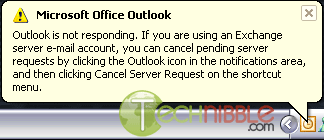Windows 7 is hungry for resources. It features many visual effects that draw heavy on your graphics card and system memory.
The first thing that you can try is the Performance troubleshooter, which can automatically find and fix windows 7 problems. The Performance troubleshooter checks issues that might slow down your computer's performance, such as how many users are currently logged on to the computer and whether multiple programs are running at the same time.
If your system was slow out of the box, chances are you can easily fix that by turning off superfluous effects.
Step1: For open performance troubleshooter, click on "start", now open "troubleshooter" from 'control panel' and click on "Check for performance issues" under "System and Security".
There are many reasons why windows performance slow, Follow more steps to improve windows 7 system performance -
Step2: Delete the programs which you never use.
Step3: Only number of programs runs at a time.
Step4: Defragment your hard disk at a weekly basis.
Step5: Clean up your hard disk for fix unwanted thread issue.
Step6: Run fewer programs at the same time.
Step7: Turn off visual effects which not needed.
Step8: Restart your system at regularly basis.
Step9: You can add more memory to improve system performance.
Step10: Always enable your antivirus to check for viruses and spyware in your system.
See also: Windows 7 Crash? It Is Easy to Fix It >>






